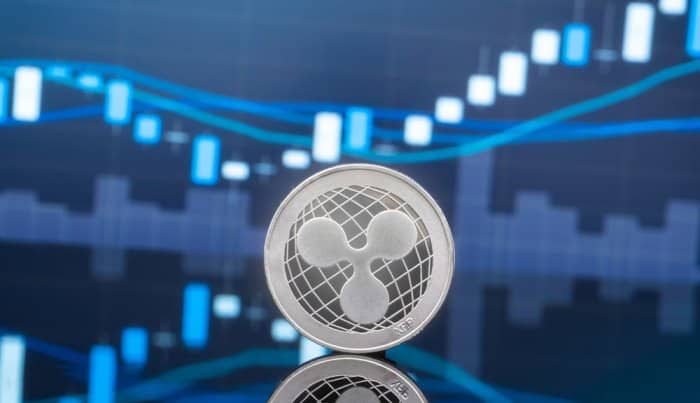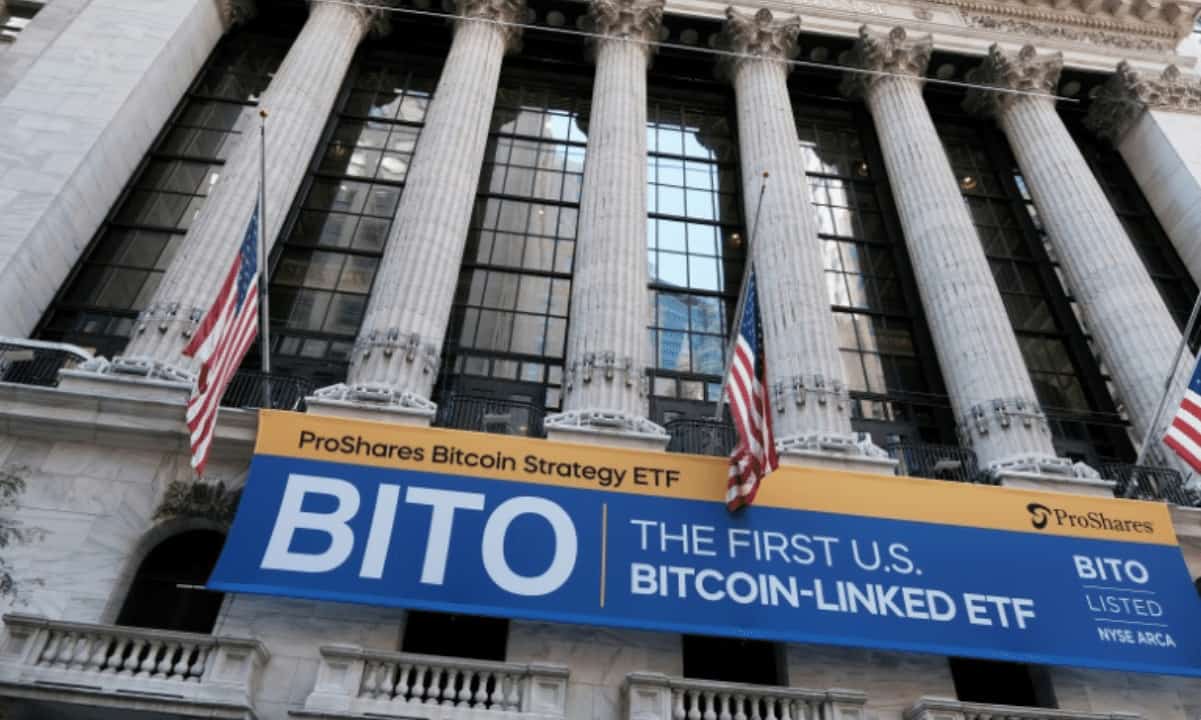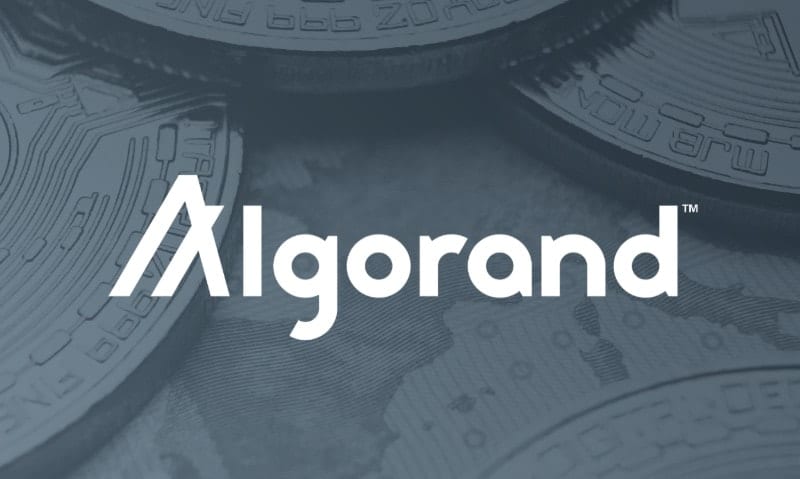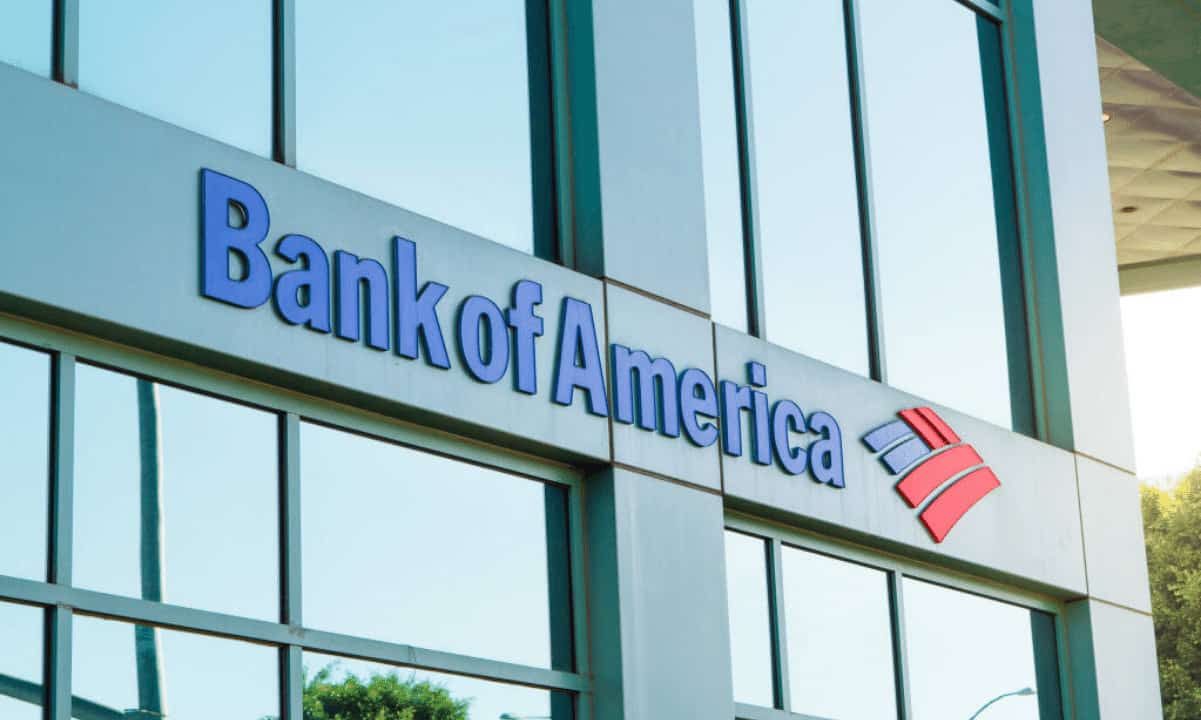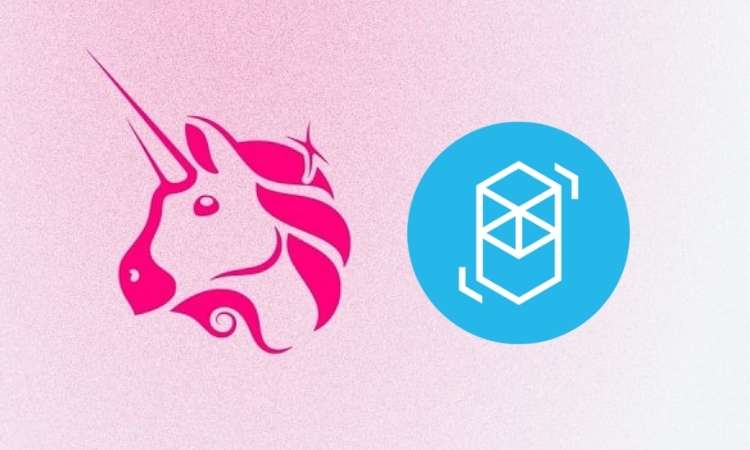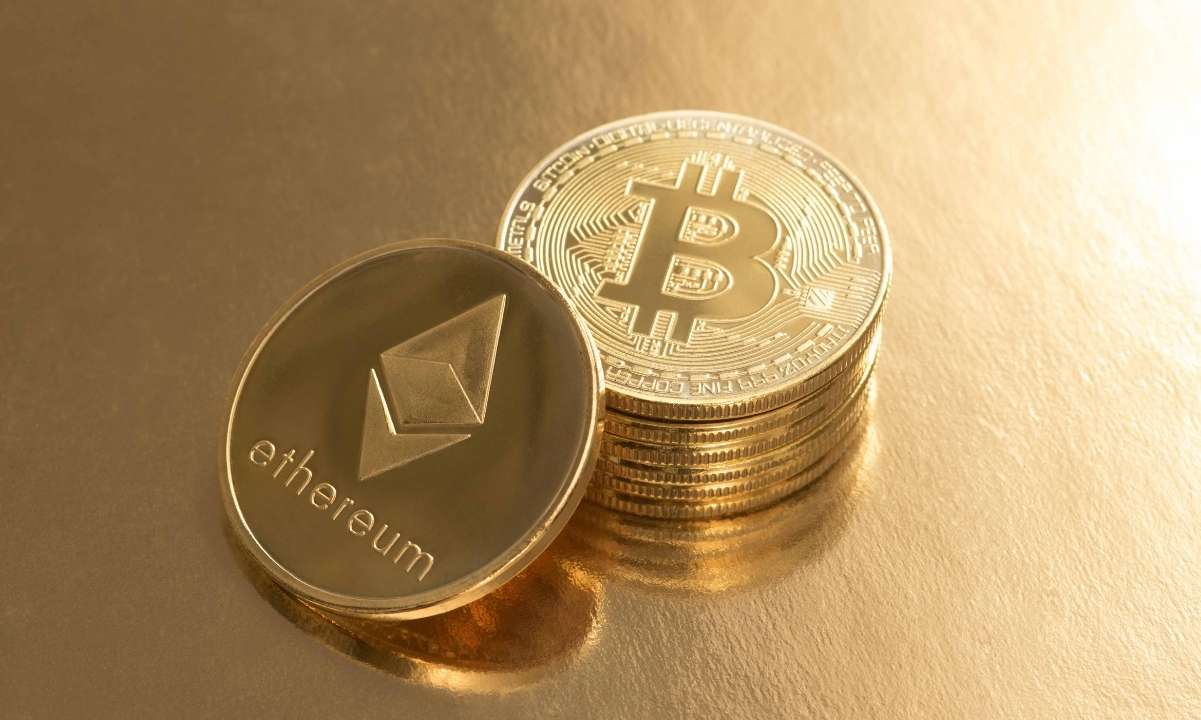Coinbase Premium Turns Positive in Early July: A Signal of Renewed Institutional Interest?
The Coinbase premium turned positive in early July after a period of concern following a dip in mid-May
According to research from Kaiko, this could hint at a resurgence of institutional interest in Bitcoin.
Renewed Institutional Interest
The Coinbase premium, which measures the difference between hourly bitcoin prices on Coinbase’s BTC-USD pair and Binance’s BTC-USDT pair, is a key indicator of institutional sentiment in the cryptocurrency market.
On July 1, crypto analyst David Lawant pointed out that the Coinbase premium had fallen to worrying lows. He recalled a similar occurrence where a major crypto rally followed months after the premium had turned negative.
Coinbase premium returned to a level not seen since mid-May https://t.co/OLAYBUx8TD pic.twitter.com/kOZxbvM3Wk
— David Lawant (@dlawant) July 15, 2024
His analysis suggested that this metric could once again signal an upcoming market rally. By July 15, the premium surged to a two-month high, reinforcing Lawant’s bullish outlook.
According to Kaiko, this positive turn in early July followed its lowest level since the Terra collapse in 2022, witnessed at the end of June. Given that institutional trading volume makes up over 80% of activity on Coinbase, the premium is often seen as a measure of institutional sentiment.
Historically, the Coinbase premium has been closely linked with major market events. For instance, the collapses of Terra and FTX significantly reduced institutional demand for Bitcoin, causing the premium to dip into negative territory. However, the recent positive shift in the premium suggests an increase in institutional interest in BTC.
Kaiko also noted that the recent rise in the Coinbase premium may have been influenced by the increased volatility of Tether’s USDT. This volatility coincided with the European Union’s implementation of the Markets in Crypto-Assets Regulation (MiCA), imposing stringent requirements on stablecoin issuers.
Tether, currently non-compliant with these regulations, faced restrictions for European Economic Area (EEA) users by major cryptocurrency exchanges. Consequently, USDT lost its peg to the USD at the end of June but managed to recover by early July on most exchanges despite continued struggles on less liquid platforms like Binance.US.
Spot-Driven Rally
Market analyst HornHairs interprets bitcoin’s largest Coinbase premium in two months as a sign that the current rally is primarily driven by spot buying. This suggests that the rally, if sustained, will be led by altcoins within the Bitcoin and Ethereum blockchains, given their prominence as the first and second-largest networks in the crypto industry.
Largest Coinbase premium on $BTC we’ve seen in two months
Spot led rally for now
pic.twitter.com/O1mxINqgsK
— HornHairs
(@CryptoHornHairs) July 14, 2024
When bitcoin commands a higher price on the largest U.S. exchange, it indicates significant buying pressure from U.S. investors. This is particularly noteworthy because spot-driven rallies are typically seen as more sustainable and less risky compared to those driven by speculative derivatives products. Spot-driven rallies are considered healthier for the market, providing a more stable foundation for future growth.
The post Coinbase Premium Turns Positive in Early July: A Signal of Renewed Institutional Interest? appeared first on CryptoPotato.

